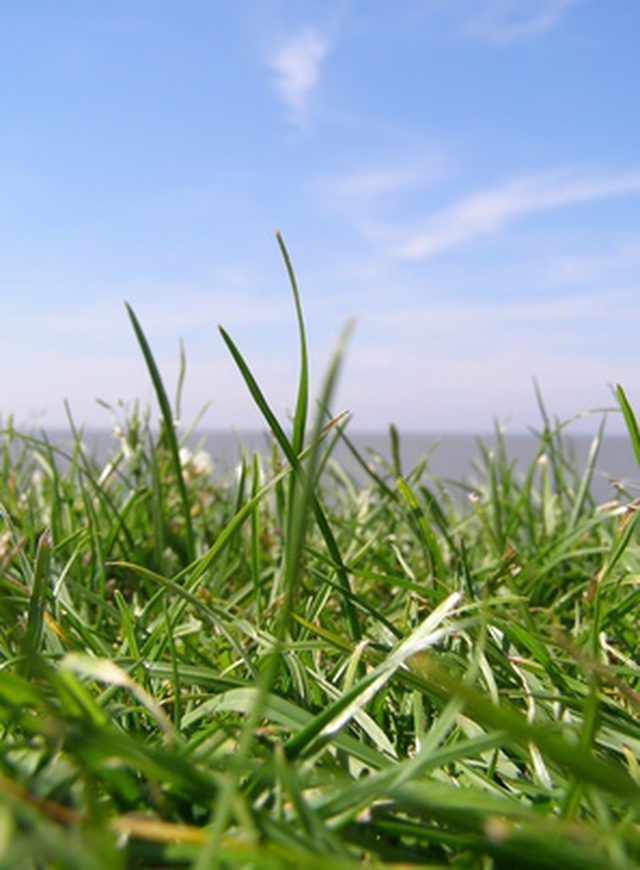Bulbs
Flower Basics
Flower Beds & Specialty Gardens
Flower Garden
Garden Furniture
Garden Gnomes
Garden Seeds
Garden Sheds
Garden Statues
Garden Tools & Supplies
Gardening Basics
Green & Organic
Groundcovers & Vines
Growing Annuals
Growing Basil
Growing Beans
Growing Berries
Growing Blueberries
Growing Cactus
Growing Corn
Growing Cotton
Growing Edibles
Growing Flowers
Growing Garlic
Growing Grapes
Growing Grass
Growing Herbs
Growing Jasmine
Growing Mint
Growing Mushrooms
Orchids
Growing Peanuts
Growing Perennials
Growing Plants
Growing Rosemary
Growing Roses
Growing Strawberries
Growing Sunflowers
Growing Thyme
Growing Tomatoes
Growing Tulips
Growing Vegetables
Herb Basics
Herb Garden
Indoor Growing
Landscaping Basics
Landscaping Patios
Landscaping Plants
Landscaping Shrubs
Landscaping Trees
Landscaping Walks & Pathways
Lawn Basics
Lawn Maintenance
Lawn Mowers
Lawn Ornaments
Lawn Planting
Lawn Tools
Outdoor Growing
Overall Landscape Planning
Pests, Weeds & Problems
Plant Basics
Rock Garden
Rose Garden
Shrubs
Soil
Specialty Gardens
Trees
Vegetable Garden
Yard Maintenance
How to Plant St. Augustine Grass Plugs
How to Plant St. Augustine Grass Plugs. St. Augustinegrass is grown using plugs, which produce new growth from stems that are above the ground. This new growth spreads along the top of the ground, filling in the area between the plugs and creating a lawn. Since this grass does well in heat and, once established, in drought conditions, it is a...

St. Augustinegrass is grown using plugs, which produce new growth from stems that are above the ground. This new growth spreads along the top of the ground, filling in the area between the plugs and creating a lawn. Since this grass does well in heat and, once established, in drought conditions, it is a popular choice in Florida, Georgia, South Carolina and the states along the Gulf of Mexico.
Things You'll Need
St. Augustinegrass plugs
Garden rake
Spade
Trowel or plug-pulling tool
String
Tape measure
2"-6" stakes
Hose
Sprinkler
Remove weeds and stone from the area you will be planting. If necessary, you can use a weed killer before planting. Wait for the weeds to start dying before beginning your planting. Rake the area smooth.
Measure the area you will be planting. Buy enough plugs to cover the area. St. Augustine plugs are planted 6 to 12 inches apart. Discuss the correct spacing for your area with the garden store staff.
Use string, a tape measure and stakes to lay out a grid pattern based upon the spacing you determined in Step 2. This step is not necessary but if you take the time to do it, you will have a more uniform lawn compared to planting freehand.
Dig a hole where the strings cross using a trowel or plug tool. Dig the hole deeper and wider than the plug so there is plenty of room for the plug's roots. Plant the plug, making sure the grass stems are just above the ground level. Press the plug down firmly. Provide some water to each plug as you move along so they do not dry out before you are finished.
Repeat Step 4 until you have planted the entire area.
Water the plugs thoroughly with a sprinkler. Start by watering several times daily for the first seven to 10 days. Continue to water on a daily basis until you see signs that the plugs have started to spread. After that, for the next week, water once per day, laying down about a half inch of water. During the following week, you can water two or three times, applying the same half inch. After the lawn is established, water as needed.
Tips & Warnings
The best time to plant St. Augustinegrass plugs is in the spring or whenever the weather is mild. Do not plant during cold winters or hot summers.
Protect the plugs while you are planting by keeping them in a shady spot and covered with a damp cloth.
Remove any weeds that start to grow between the plugs.